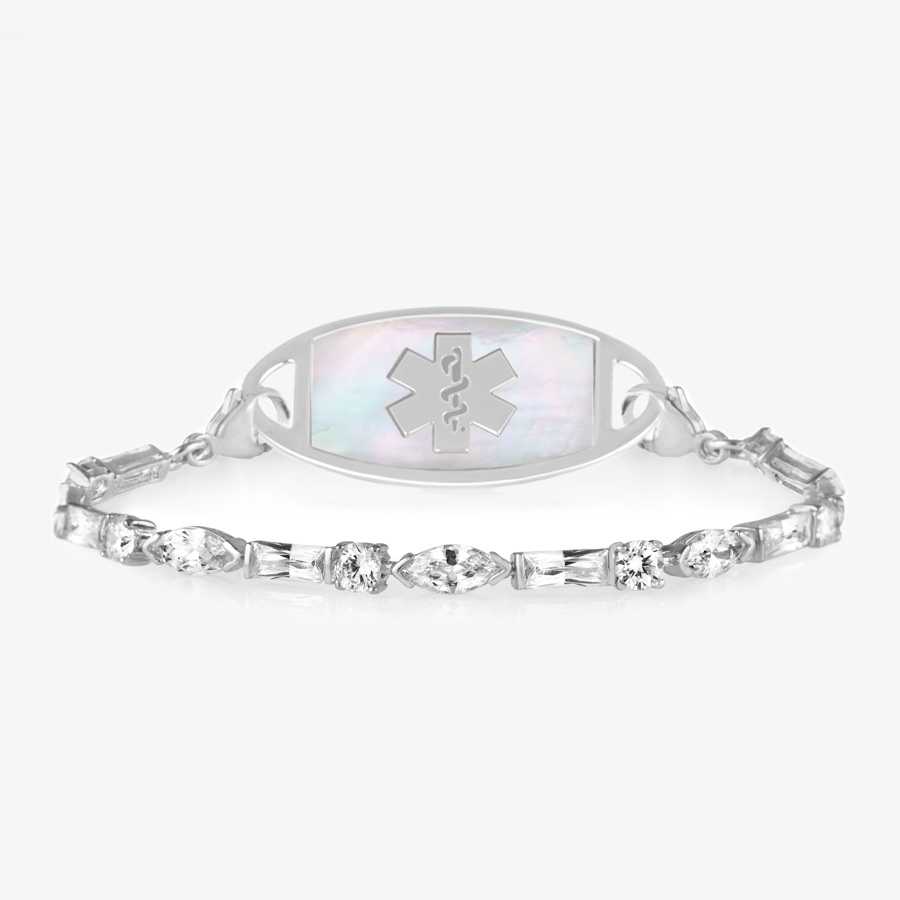Living with the possibility of experiencing a seizure at any moment can profoundly affect an individual's daily life, creating a constant undercurrent of uncertainty and concern for safety. For those prone to seizures, being prepared for an emergency isn't just a precaution—it's a necessity. This article delves into essential emergency preparedness tips to ensure the safety and well-being of individuals with seizure conditions.
Seizures and Their Triggers
Seizures, the physical manifestation of abnormal electrical activity in the brain, vary widely in their presentation—from momentary lapses of attention to full-body convulsions. Recognizing the different types and understanding what triggers them in individuals are the first steps in managing them effectively. Common triggers include stress, lack of sleep, and certain medications or foods. Identifying and avoiding these triggers can significantly reduce the frequency and severity of seizures.
Creating a Personalized Emergency Plan
A well-crafted emergency plan tailored to the individual's medical needs is the cornerstone of effective seizure management. Here are some essential steps:
- Consultation with Healthcare Provider
A critical aspect of emergency preparedness is the development of a personalized plan, formulated in consultation with a healthcare provider. This plan should address the individual's specific needs and medical history, offering guidance on managing seizures and mitigating risks. Healthcare providers can offer invaluable advice on crafting a comprehensive strategy that includes using a life alert bracelet or similar accessory, a crucial element in alerting bystanders and medical professionals to the individual's condition in an emergency.
- Identify Emergency Contacts
An effective emergency plan includes a list of essential contacts—family members, friends, and healthcare providers—who can be called upon in an emergency. These individuals should be informed about the seizure condition, understand what to expect, and know how to provide help when needed.
- Documenting Medical Information
Keeping detailed records of medical information, such as seizure history, current medications, and allergies, is critical. This documentation should be readily accessible in an emergency and accompany the individual at all times, complementing the information provided by a medical alert bracelet or other medical accessory.
Safety Measures at Home and in Public
Minimizing the risk of injury during a seizure involves taking proactive safety measures both at home and in public settings. At home, this might mean securing furniture, installing safety gates, and ensuring that floors are clear of objects that could cause harm. In public, individuals should consider activities that might pose a risk, such as swimming or driving alone, and take steps to mitigate these risks, perhaps by informing supervisors or colleagues about their condition. Wearing a life alert bracelet plays a vital role in these safety measures, offering a clear and immediate way to communicate the individual's health condition in situations where they might not be able to speak for themselves.
Carrying Medical Alert Identification
Medical alert accessories serve as a critical communication tool for individuals prone to seizures. By wearing one, individuals ensure that in the event of a seizure, bystanders and medical personnel are quickly informed of their condition, facilitating the appropriate response and treatment. These accessories can be customized to include specific medical information, contact numbers, and key details about the individual's seizure management plan. They are a simple, yet effective measure that can make a significant difference in emergencies.
Regular Review and Updates
Emergency plans are not static; they require regular review and updates to remain effective. Changes in health status, medication regimens, or living situations necessitate adjustments to the plan. This process should not only include evaluating the current effectiveness of medical warning accessories and making changes as needed to ensure that the information remains accurate and helpful in an emergency but also revisiting and updating emergency contacts and their understanding of the plan. As life evolves, so too might your circle of support; ensuring that all emergency contacts are current and fully briefed on how to respond in a seizure situation is crucial for maintaining a robust emergency response framework.’
Summary
Emergency preparedness for individuals prone to seizures involves a comprehensive approach that includes understanding seizures and their triggers, creating a personalized emergency plan, implementing safety measures, and wearing a medical alert bracelet with up-to-date information. These steps empower individuals, giving them the tools and knowledge they need to manage their condition with confidence. By taking proactive measures to ensure safety and readiness for potential emergencies, individuals prone to seizures can lead fuller, more secure lives.


No comments yet